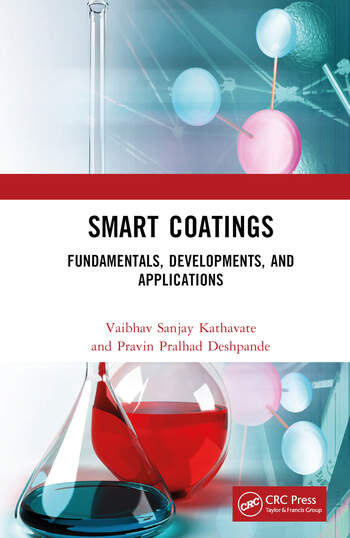Researchers Are Developing Self-Healing Concrete

CAMBRIDGE, England – Researchers at the University of Cambridge are using microencapsulation technologies developed by Dolomite Microfluidics to develop self-healing construction materials. The Department of Engineering’s Geotechnical and Environmental Research Group is developing microcapsules containing “healing” agents – such as minerals, epoxy or polyurethane – which can be added to building materials to allow self-repair of small cracks that develop over time.
Dr Livia Ribeiro de Souza, a postdoctoral researcher in the group, explained, “Many composite building materials used in the construction industry – such as concrete – suffer fatigue over time, developing small cracks. We are hoping to overcome this problem by adding microcapsules filled with ‘healing’ agents to the concrete before it is used. The idea is that, as cracks begin to form, they rupture the microcapsules, releasing their payload and stabilizing the material.”
“This approach requires the formation and functionalization of double emulsion microcapsules, which we have been producing with the help of microfluidics. We have been using a Dolomite Microfluidics system since 2014, and find that microfluidics offers much better control of particle size and composition than traditional emulsification polymerization techniques, simplifying the investigation and optimization of particle properties.”
The Dolomite system has enabled the researchers to create functionalized microcapsules that bind more strongly to the cement matrix, while also having thinner shell walls and higher core retention, improving their self-healing properties. Livia continued: “It is good to be able to discuss any issues we’re having with the experts at Dolomite Microfluidics, helping to accelerate our research and move us a step closer to real-world applications.”
For more information, visit www.dolomite-microfluidics.com.
Looking for a reprint of this article?
From high-res PDFs to custom plaques, order your copy today!









